
How To: Cheat with a hidden cheat sheet neck tie
This episode will introduce you a cheat sheet, hidden in your necktie.


This episode will introduce you a cheat sheet, hidden in your necktie.

MIT's mascot, though called a brass rat, is actually a beaver. With the huge cost of the class rings, every MIT student (and those who didn't make it in) can make their own for just the cost of a square piece of paper. Watch this video origami tutorial and learn how to fold MIT's mascot the brass rat beaver out of a piece of paper.

This video is for medical students and surgical residents-in-training who want to learn about the basics of a total abdominal hysterectomy.

Elephant toothpaste is the name given to the catalyzed decomposition reaction of 30% hydrogen peroxide that uses soap to collect the oxgen gas that is produced. It is a favorite of most students at chemistry shows.

This video will teach you the 3 different pronunciations of the past tense -ed. If you leave off this little ending, many of your native American English speakers will seriously be lost! This video is best for people learning to reduce their accent or students learning English as a second language (ESL).
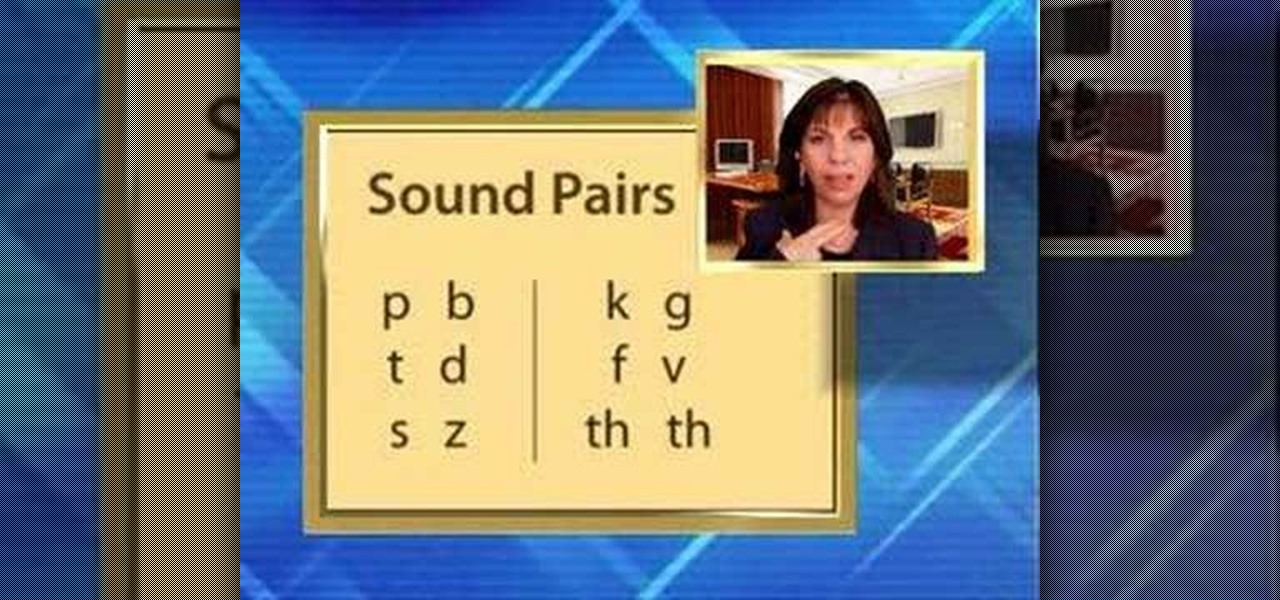
In this video you will learn an easy trick that will make it much easier for American English speakers to understand you! Brought to you by Accent Master, accent reduction specialists. This video is best for people learning to reduce their accent or students learning English as a second language (ESL).

Trying to learn the English language? Then it's vital to start with the basics: the alphabet. Learning larger words won't be difficult once you understand how each letter of the alphabet is pronounced.

Enjoy this video on word stress in English pronunciation. This video is best for people learning to reduce their accent or students learning English as a second language (ESL).

In this two part episode, Jennifer goes over the use of "ing" or "ed" with adjectives in the English language. This is great for all levels of students learning English as a second language (ESL).
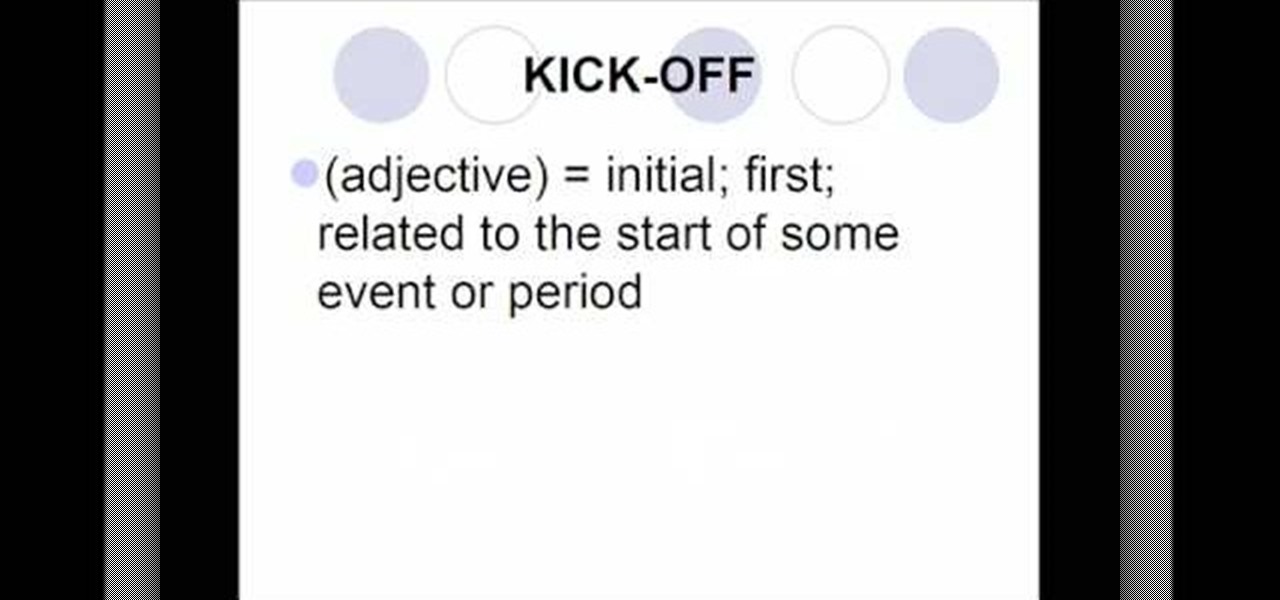
In this episode, Jennifer goes over the use of sports related expressions in the English language. This is great for advanced students learning English as a second language (ESL).

In this episode, Jennifer goes over phrases that relate to "love and marriage" in the English language. This is great for upper intermediate and advanced students learning English as a second language (ESL).

In this episode, Jennifer goes over how to use the common words "advise", "recommend", and "suggest" in the English language. This is great for all levels of students learning English as a second language (ESL).

This episode goes over idioms related to the outdoors. This video is great for advanced students learning to speak the English as a second language (ESL).
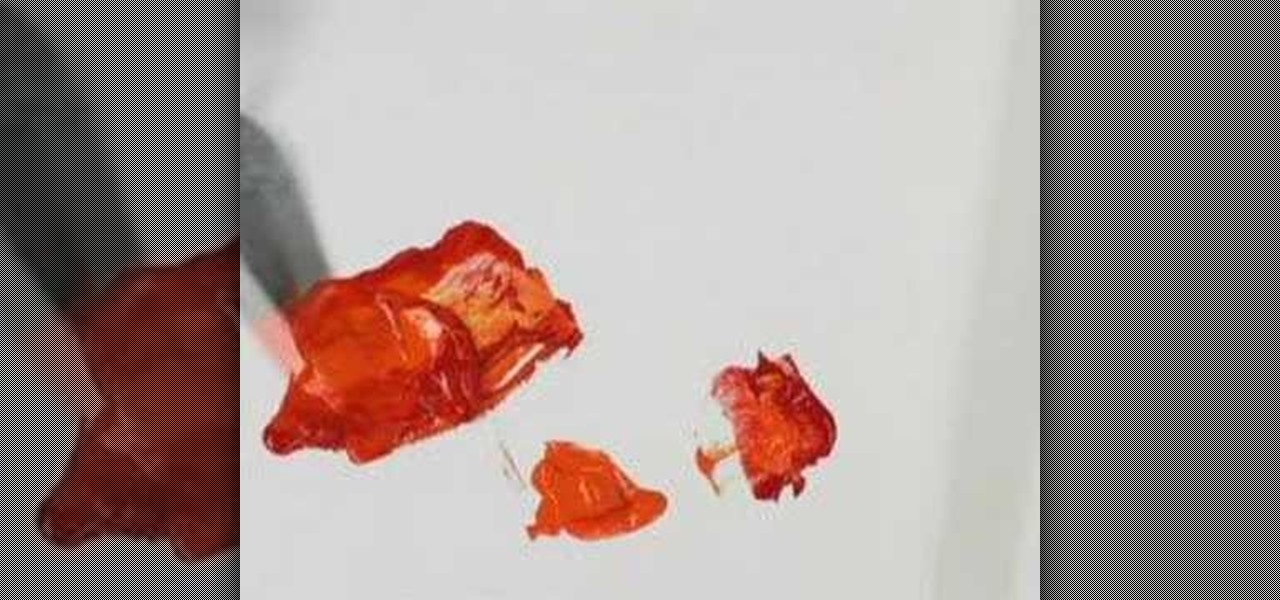
Learn basic techniques of creating value steps using gouache paint. This is great for art and design foundation students.
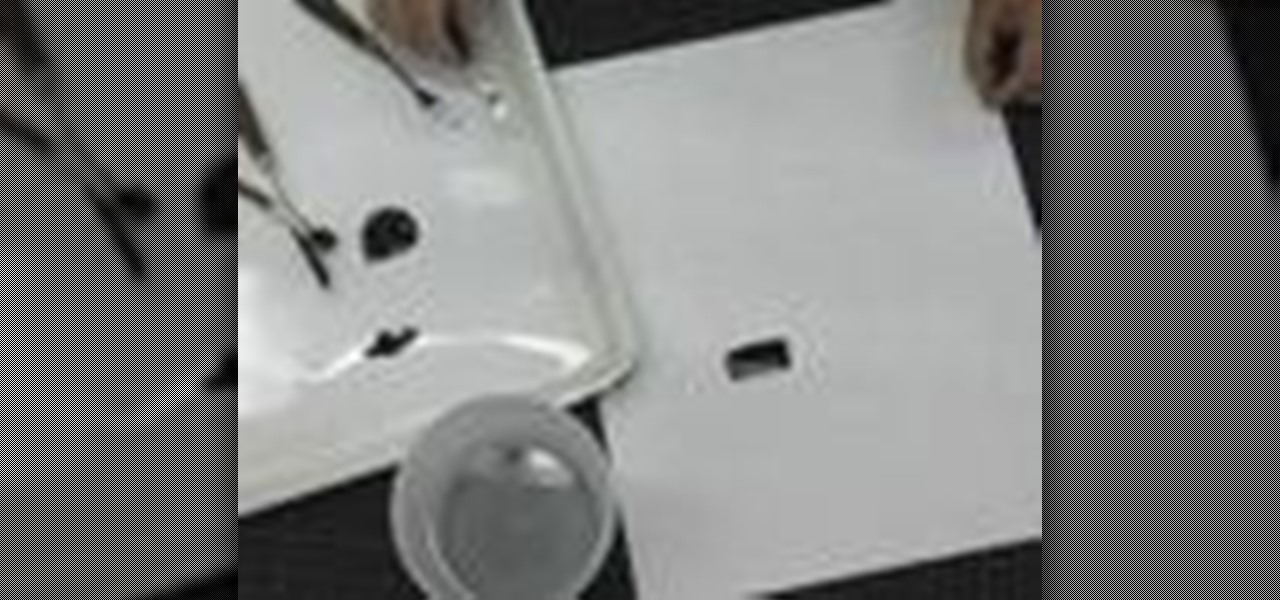
Learn basic techniques of creating value steps using gouache paint. This is great for art and design foundation students.
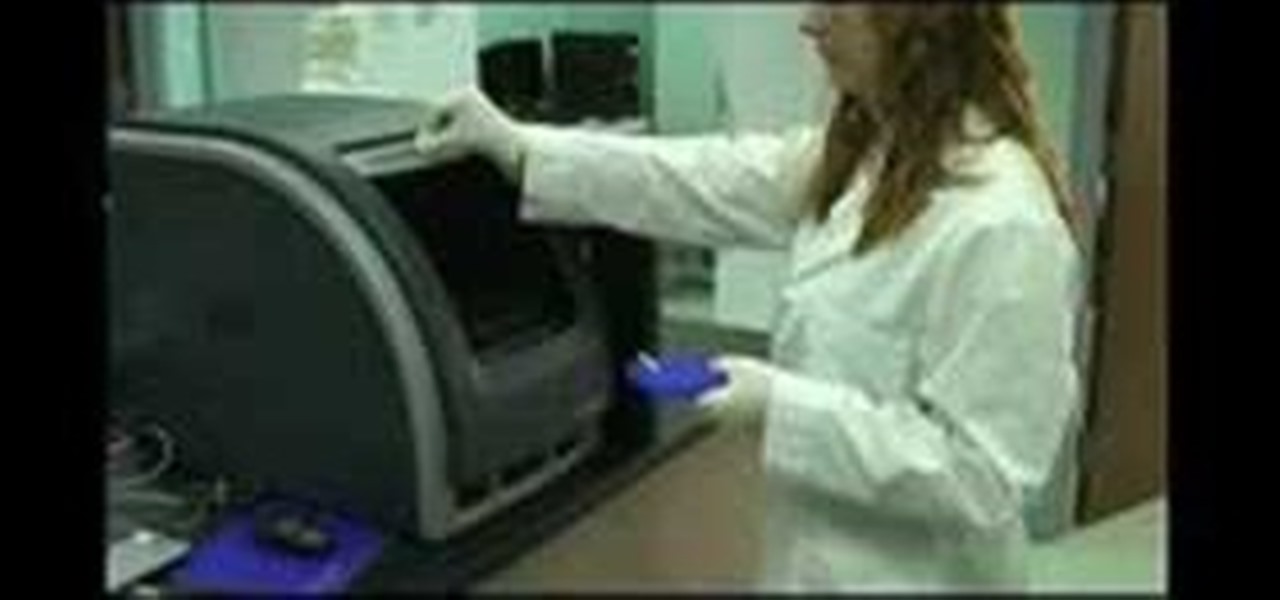
In this scientific video tutorial, undergraduate students in a forensic chemistry lab demonstrate a forensic DNA test to catch a criminal. Learn how to perform a forensic DNA test! Just like in CSI.
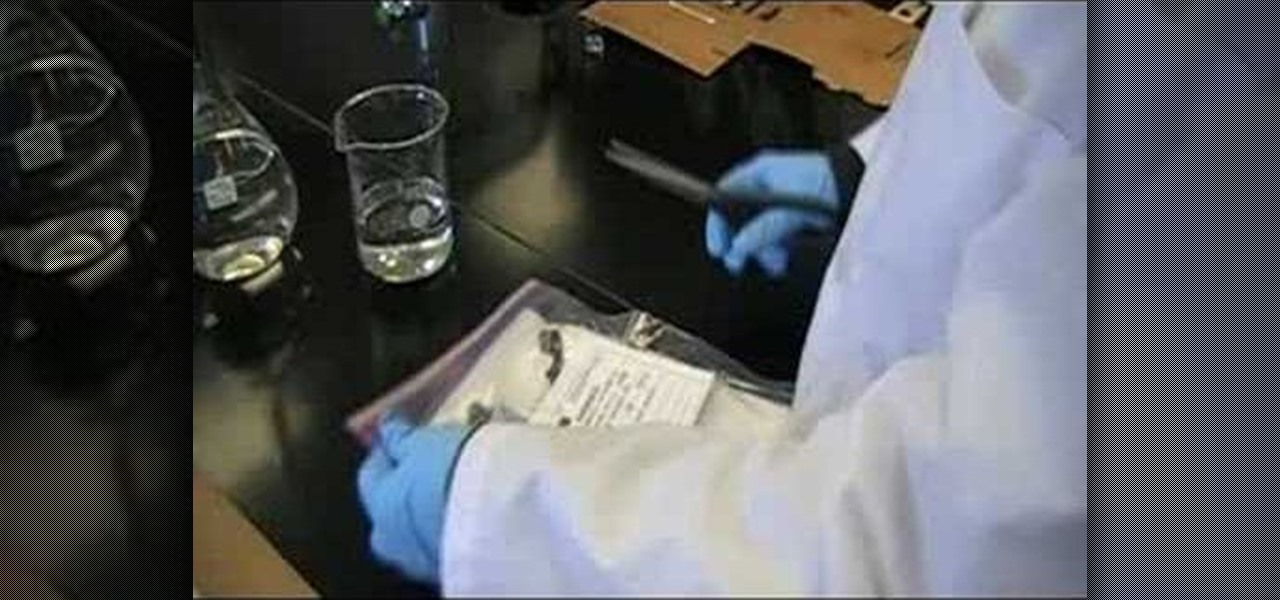
In this scientific video tutorial, undergraduate students in a forensic chemistry lab demonstrate how to perform gunshot residue analysis (GSR). Learn how to perform gun shot residue analysis (GSR)! Just like in CSI.

In this scientific video tutorial, undergraduate students in a forensic chemistry lab demonstrate how to use a comparison microscope for bullet and bullet casing comparisons, and color developments tests for impression marking enhancement (such as for filed-off serial numbers). Learn how to perform ballistics comparisons! Just like in CSI.
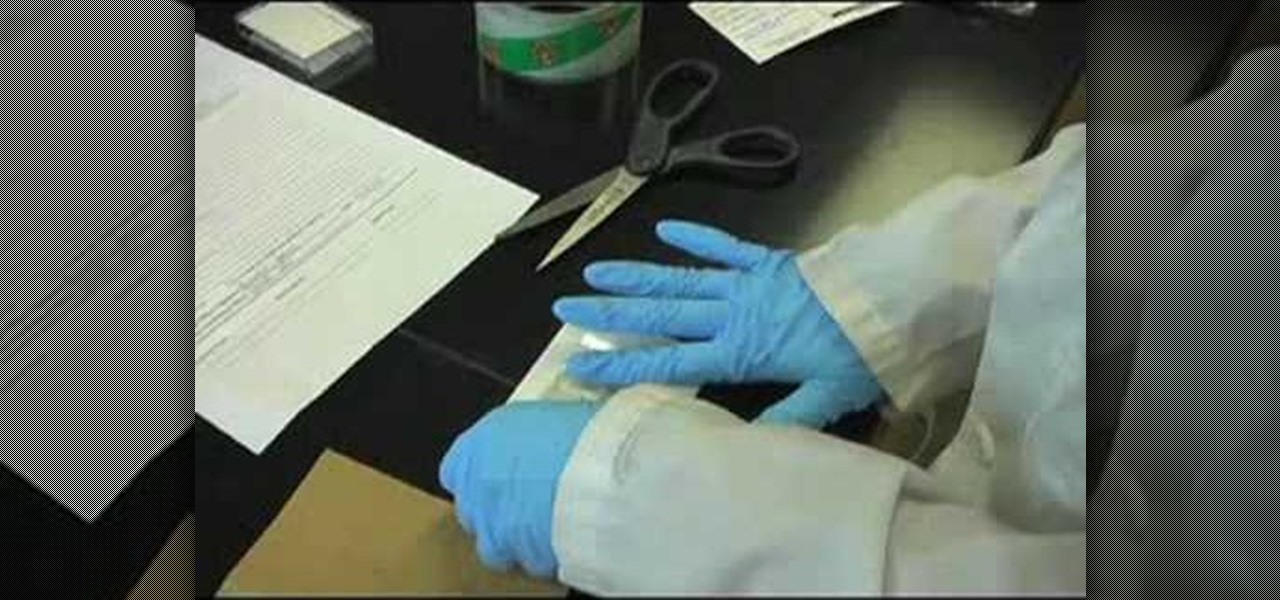
In this scientific video tutorial, undergraduate students in a forensic chemistry lab demonstrate how to develop fingerprints using a variety of methods: Cyanoacrylate (superglue) fuming, dusting, and iodine fuming. Learn how to dust for fingerprints, just like on CSI.
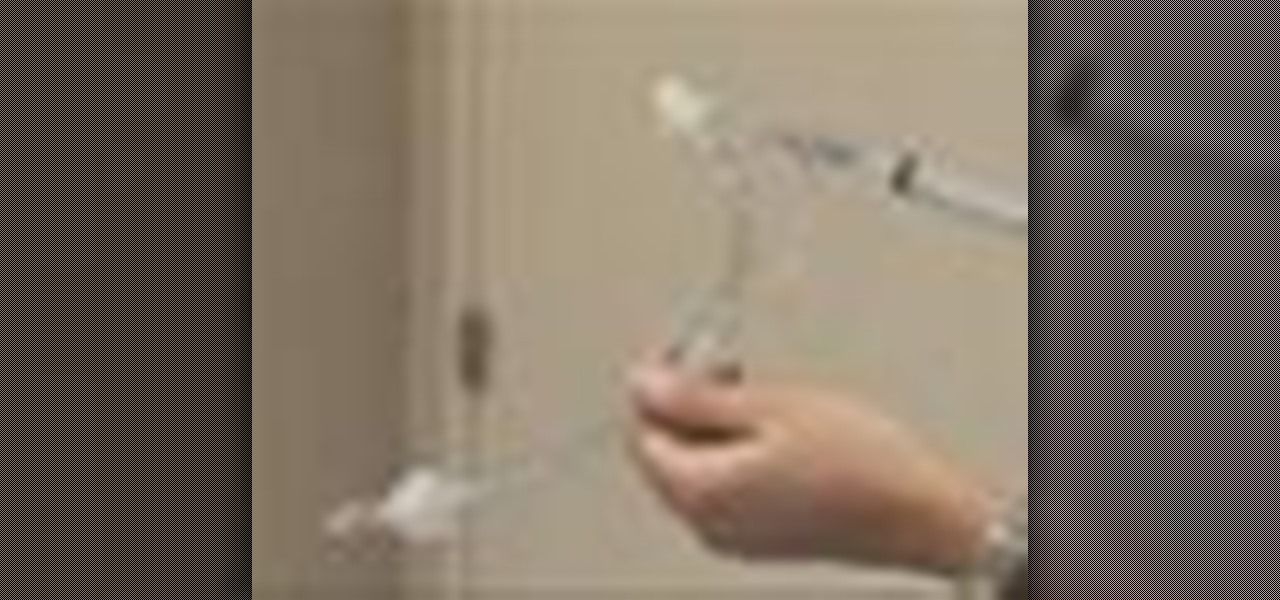
Every physician, medical student or resident, from emergency room doctors and nurses to anesthesiologists, need to know of the most fundamental skill sets: airway assessment and management. But before one can be proficient with this skill set, you need to know the tools of the trade.
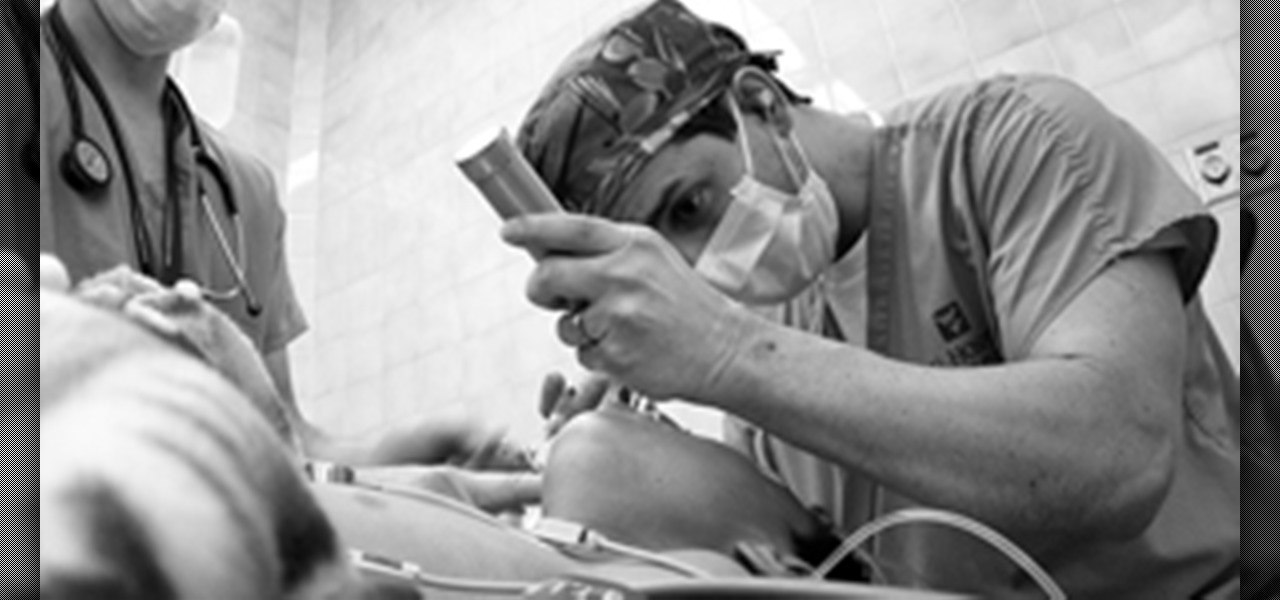
ER showed the world what goes on inside the emergency room, and in every episode, we experienced a common but very important procedure— intubation. But ER never made it seems easy; it showed just how hard it is for medical students to successfully intubate a patient due to fear and naivety. And for real-life doctors and medical practitioners, learning the art of airway management is just as difficult.
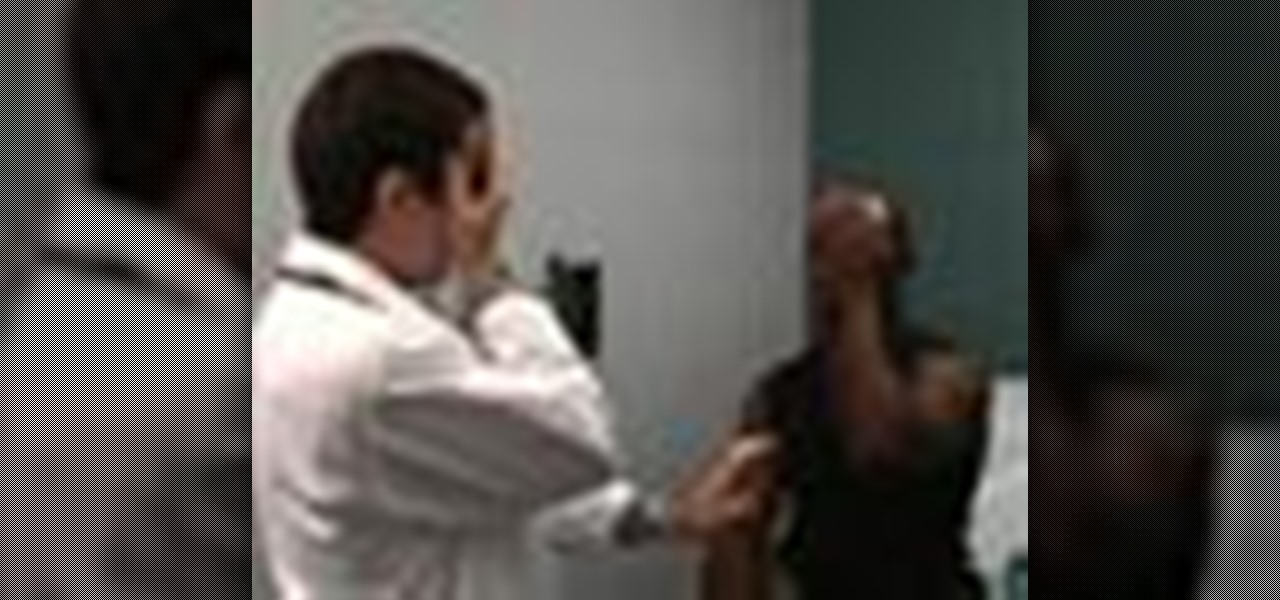
If you're a medical student, you'll learn a lot from this video lesson on examining your patient's eyes. If the patient is having trouble seeing, like double vision, blurred vision, pain or any other problem, a proper eye examination is detrimental to properly diagnosing and treating him/her. You can also determine and potential problems which may arise bases on your family history. Watch to see the complete procedure outlined, which is great for any med student or doctor. Even nurses can ben...
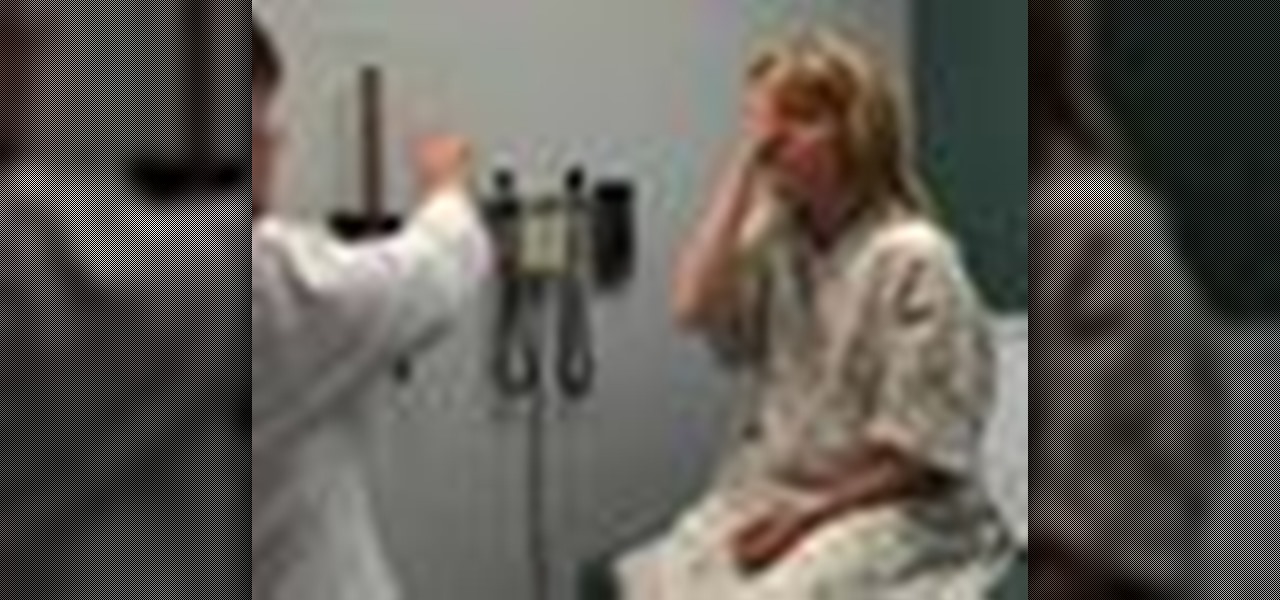
As a doctor, sometimes it will be necessary to perform a neurological examination of your patient to rule out any neurological disorders. Your objective is to identify abnormalities in the nervous system, to differentiate peripheral from central nervous system lesions, and to establish internal consistency. This is a great video less that outlines the complete neurological exam procedure. It's great for medical students or doctors, and even nursing students can learn a thing or two.

Any patient with pain in the abdominal area will require you to perform an abdominal examination, and this video lesson outlines in great detail, how to perform a general abdomen exam. This is great for any medical student or up-and-coming doctor — even nursing students could benefit from this exam procedure. You'll learn about inspection of the abs, auscultation, percussion, palpation, the liver, the aorta, and the spleen. After watching the full procedure, you should be able to identify the...
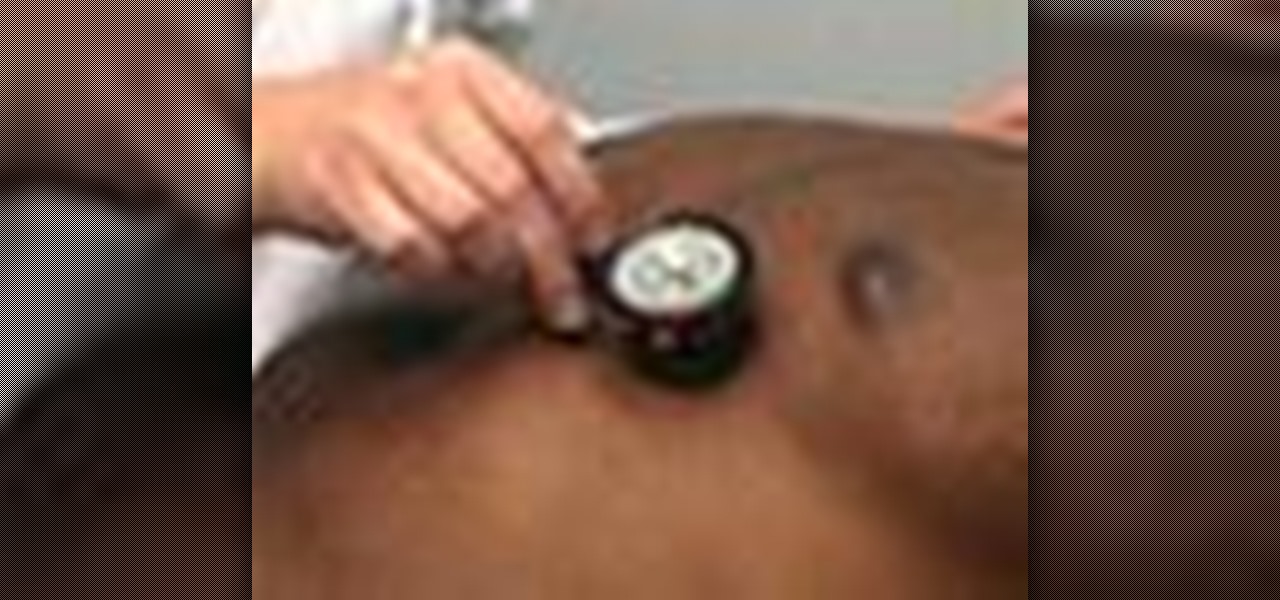
The key to being a good doctor is great patient care and thoroughness, and those are exactly the skills you will learn in this video lesson, as you learn to perform a cardiovascular examination on your patient. This is a great, step-by-step resource for the proper examination procedure. Every medical student should know these techniques, and nursing students could benefit from this knowledge, too. Every cardiovascular exam should include inspection of the pulse, blood pressure, carotid pulsat...
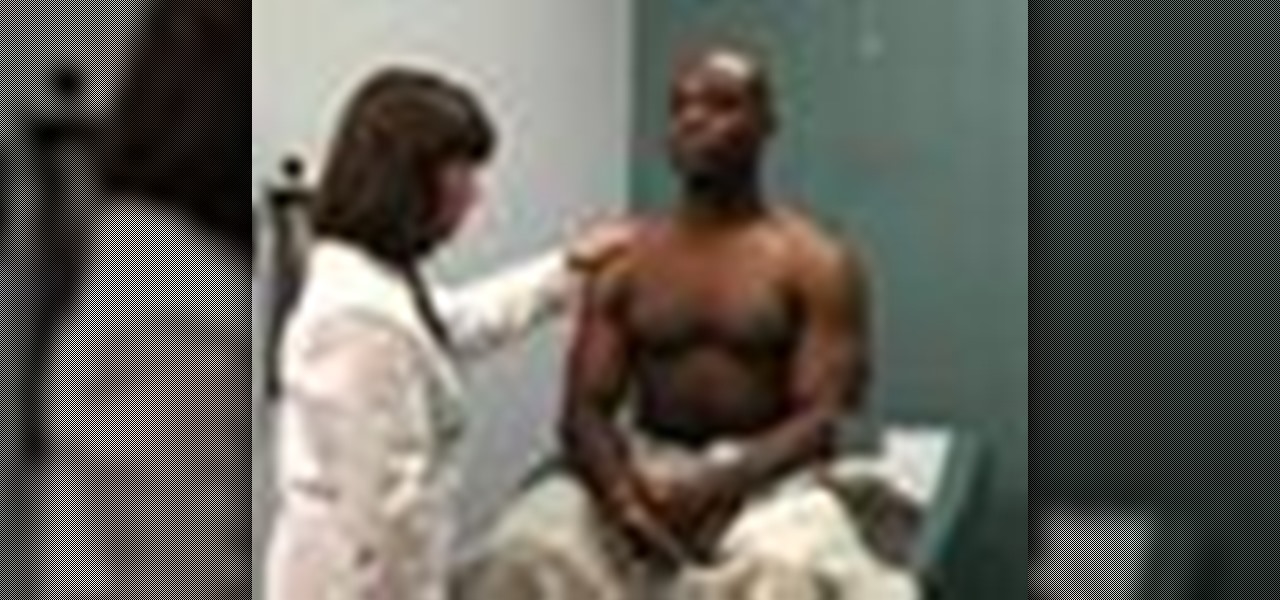
There's no better way to learn then by visual media, and that's what makes this video lesson on performing a chest exam so great. It's perfect for any future doctor, and great for nursing students to understand the proper procedure for examining a patient's chest. Medical students can easily learn how to perform a general chest exam, because ever step and technique is outlined and shown. A chest examination is very important to determining what's wrong with your patient, and you will be able ...
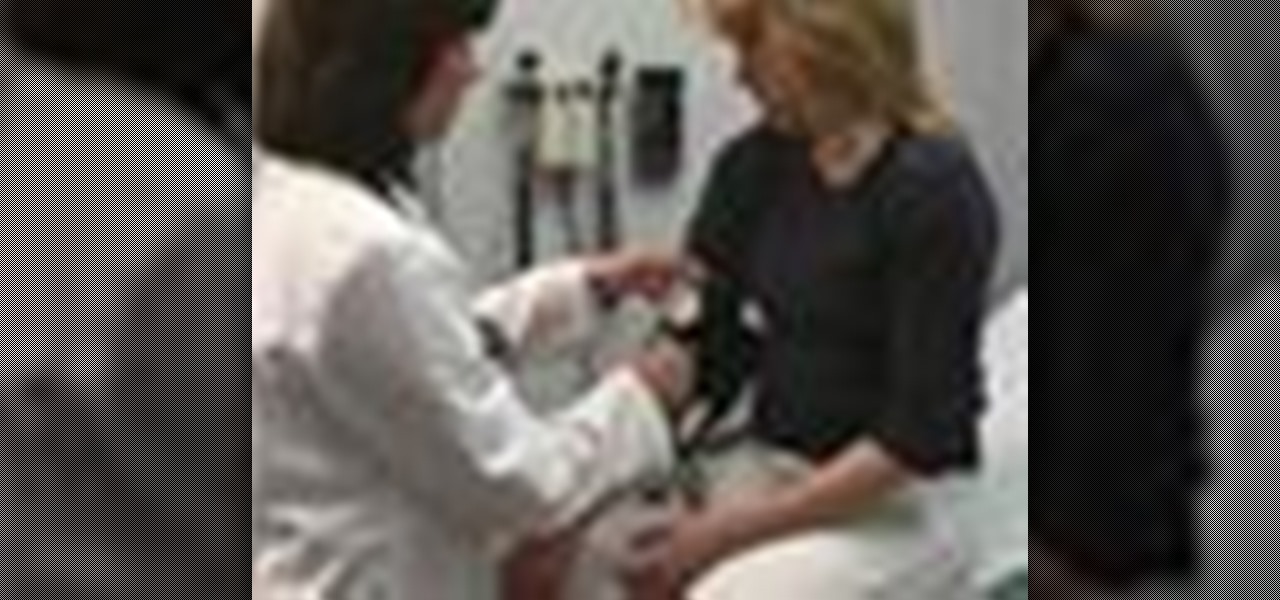
Any medical student could benefit from this video lesson, whether you're training to be a doctor or a nurse. The very first step to finding out what's wrong with your patient is examining him/her for their vital signs. You must check the patient's pulse, respirations, blood pressure, and know how to use every kind of sphygmomanometer. To see the entire examination procedure, perfect for nursing students, watch the video to see how to examine a patient for vital signs, and refer to the steps b...

As a native of Alabama, Apple CEO Tim Cook has a special place in his heart for the state. He also empathizes with the struggles that African-Americans have historically faced in the state, particularly during the 1950s and '60s civil rights era.
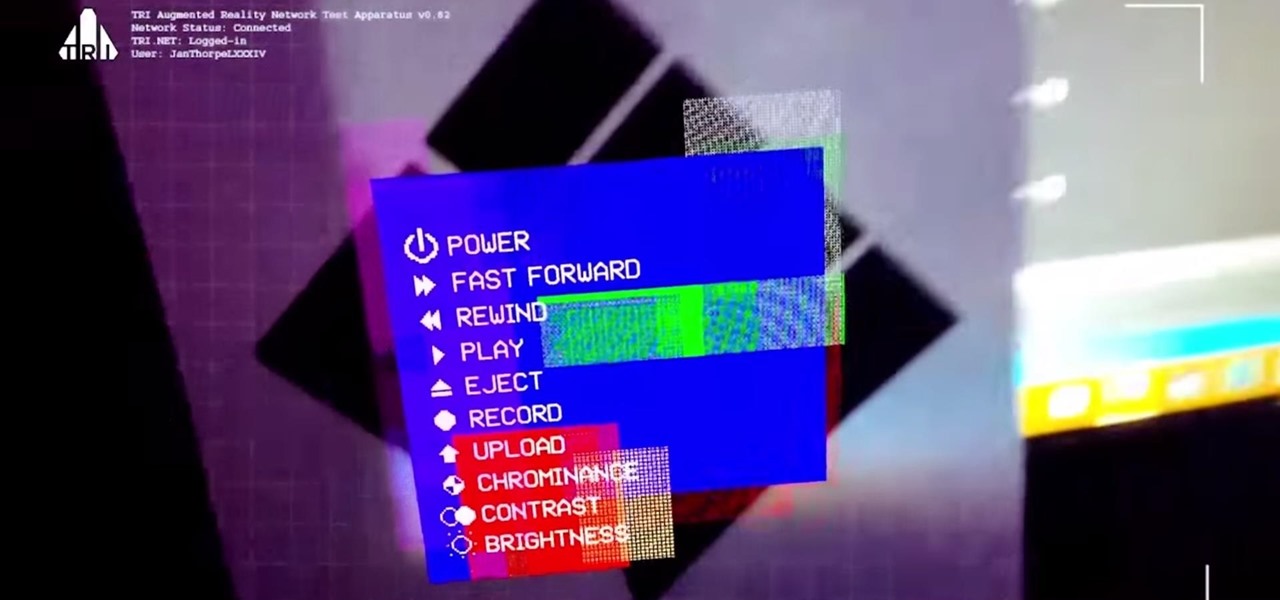
Anyone who knows me well is aware that I am a cyberpunk junkie. The conflict between lowlifes, corporations, and the government, flavored with dystopian future, high technology, transhumanism, artificial intelligence, and noir storytelling, just does something for me.

The de Blasio Administration of New York City has announced that the NYU Tandon School of Engineering will be hosting the country's first publicly funded VR/AR facility.

Before you embark on folding this cool empty-centered origami modular ball, be warned: This is not for the butterfingers or beginner origami students among us. With a multitude of sides and a delicate balance of paper that keeps the ball from collapsing in on itself, this is one origami project that should be attempted carefully.
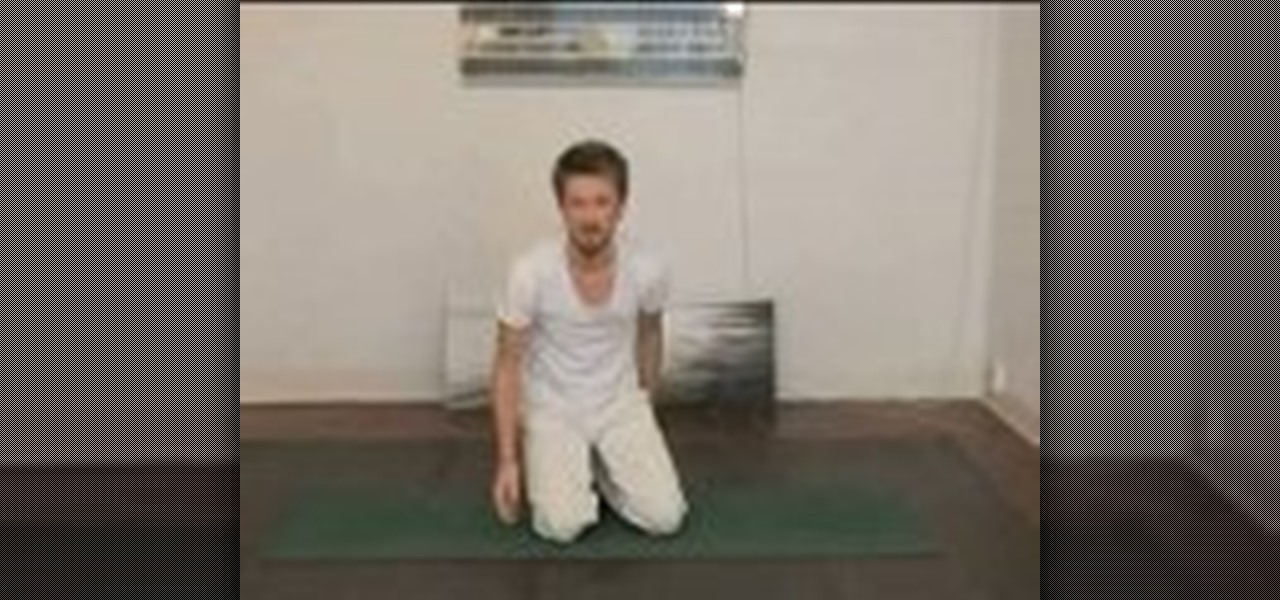
This video demonstrates the proper crow posture for yoga students. One of the pitfalls of this pose is a lack of stability, and your teacher shows you a few tips in placing your knees and arms to increase your balance.
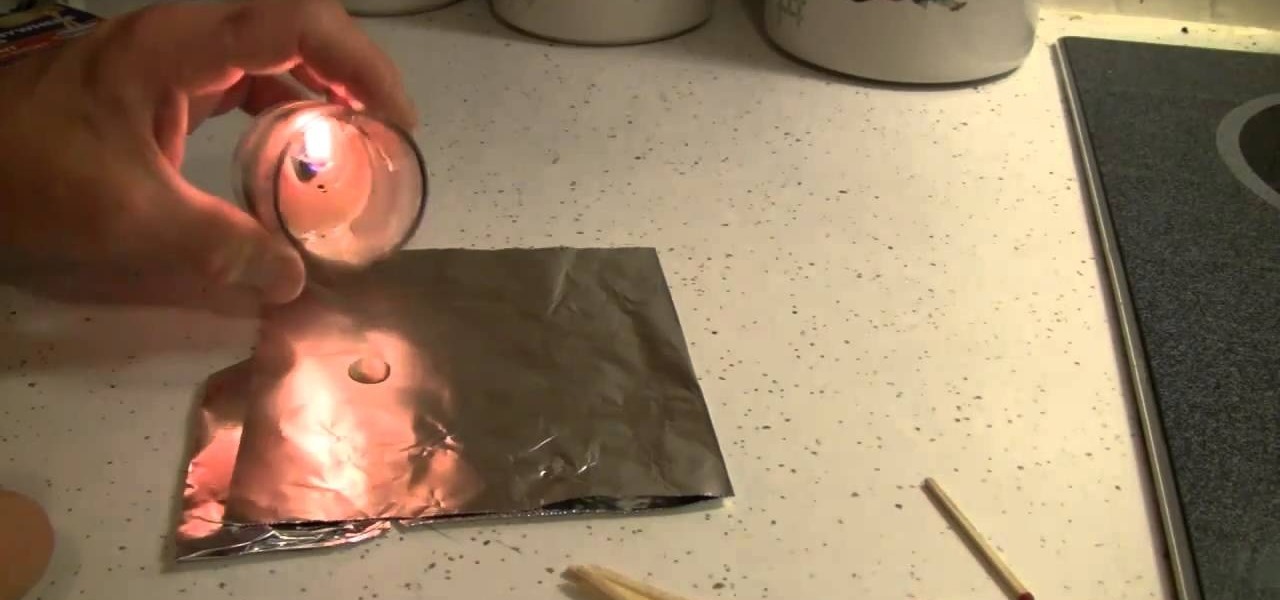
Magically get a hardboiled egg into (and out of) a bottle, make a star using toothpicks and challenge someone in a brain teaser using wooden matches. Mr. G demonstrates how in this video tutorial and, for all the eager students whose brains are brimming with curiosity, explains the science behind it all.
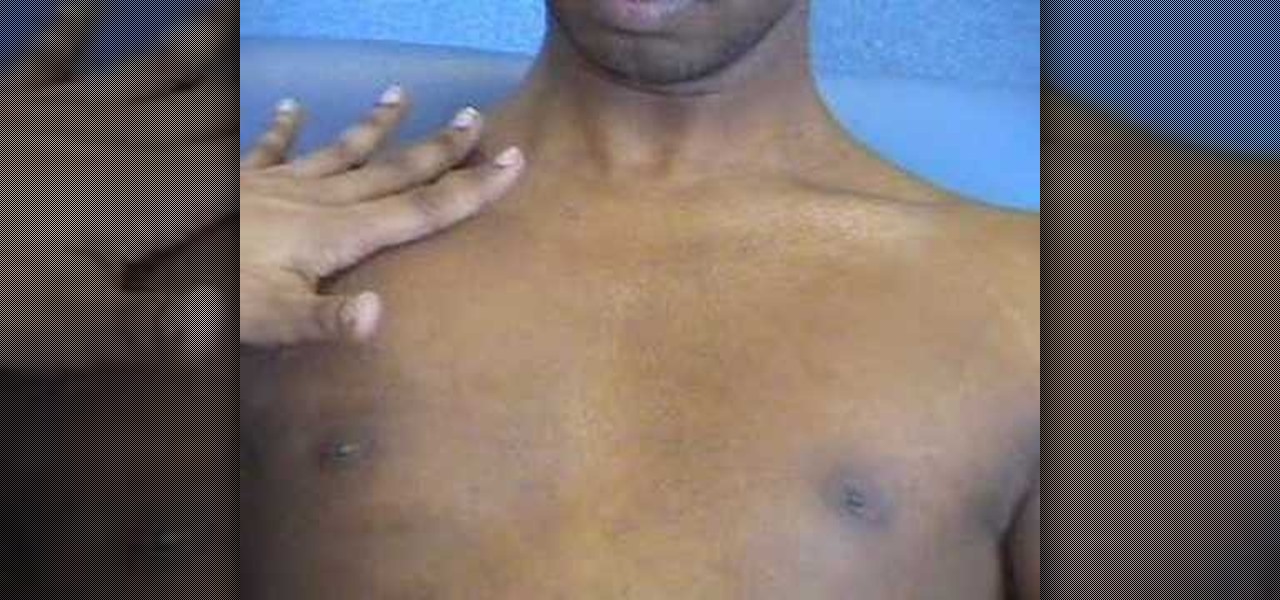
This video offers a quick demonstration of a basic clinical chest examination. It is a useful thing to know if you are a medical student or if you are a patient who will be having a chest exam performed on you. Watch and learn how to use the percussion technique.
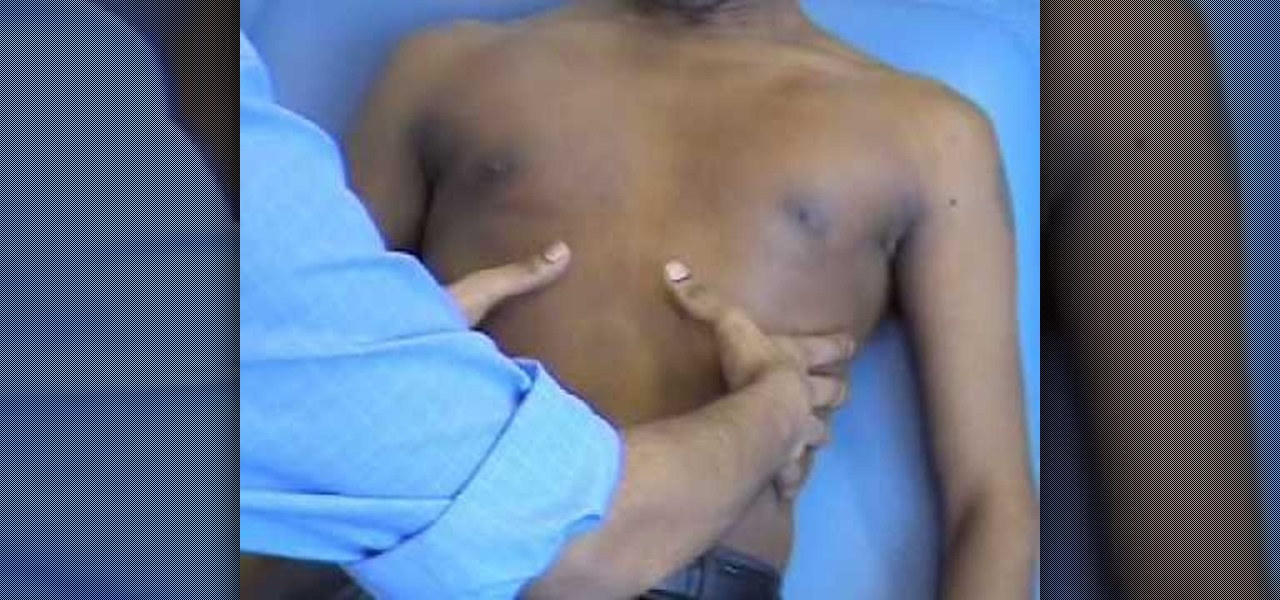
This how to video is a quick demonstration of a basic clinical chest expansion exam. It is a useful thing to know if you are a medical student or if you are a patient who will be having their chest examined. Watch and learn how to check for an enlarged and expanded chest.
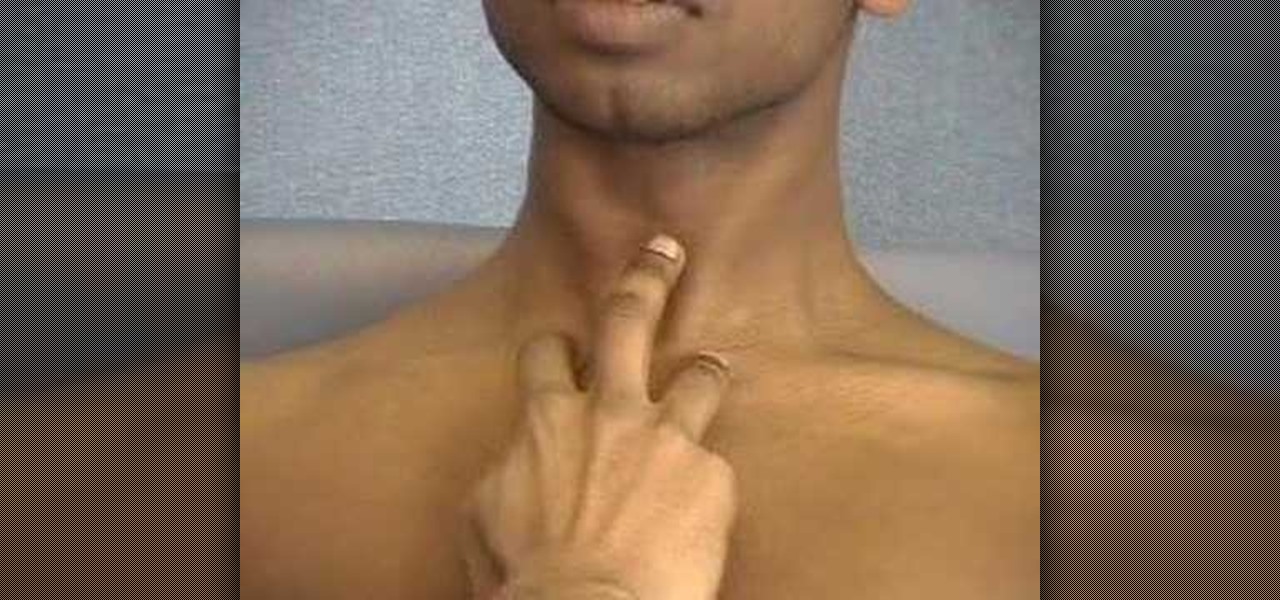
This video offers a quick demonstration of a basic tracheal deviation examination. It is a useful thing to know if you are a medical student or if you are a patient who will be having a tracheal exam performed on you. Watch and learn how to examine someone's trachea.

When it comes to origami, does it get more basic than the crane? Well, other than an origami box, an origami crane is one of the essential beginner origami projects that origami students learn on their way to achieving folded bliss.

Powerpoint is a handy go-to program for creating all sorts of presentations - if you're a high school student. Make your future picture galleries look worthy of great concert halls (or at least worthy of your friends' compliments) by watching this tutorial.

The I VI II V jazz chord sequence was first popularized by the George Gershwin song "I've Got Rhythm" and later had its popularity reaffirmed for the masses by The Flintstones theme song. This guitar lesson teaches you how to play ten different versions of this chord progression on electric guitar. This video is meant for somewhat advanced jazz guitar students, and is sure to improve your skills and give you lots of new ideas for your own songs.
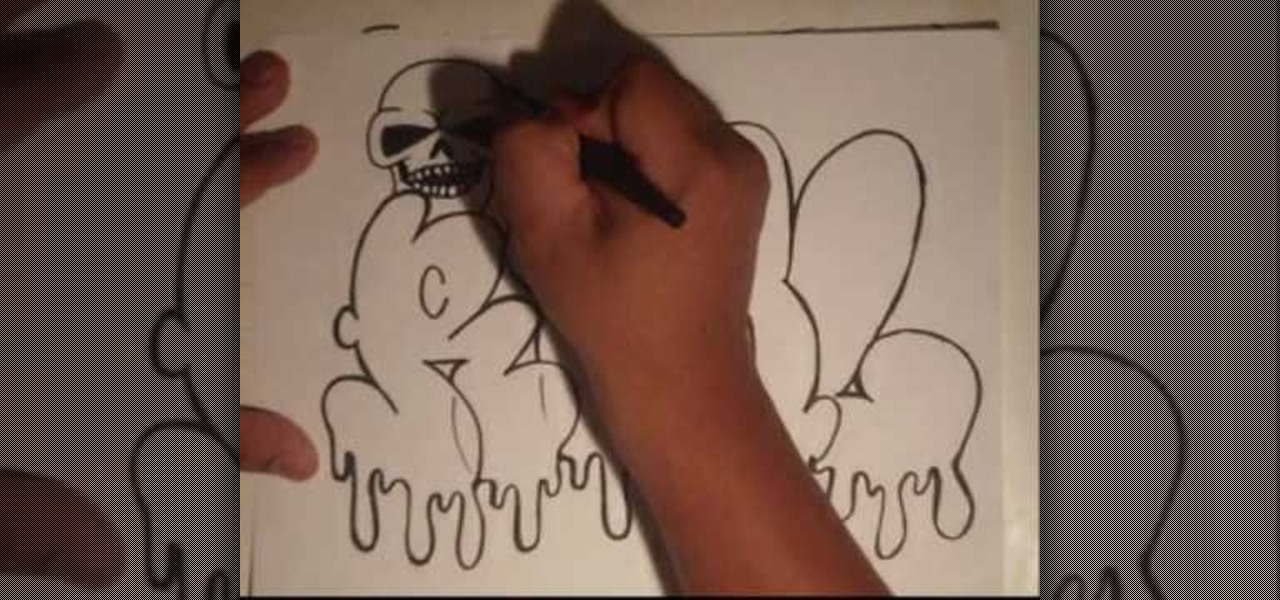
Wizard is back to spit some knowledge on all you graffiti students out there. In this video he is demonstrating how to draw the word Real, his last name, in bubble letters with a pen. Practice this one on paper then get to tagging!